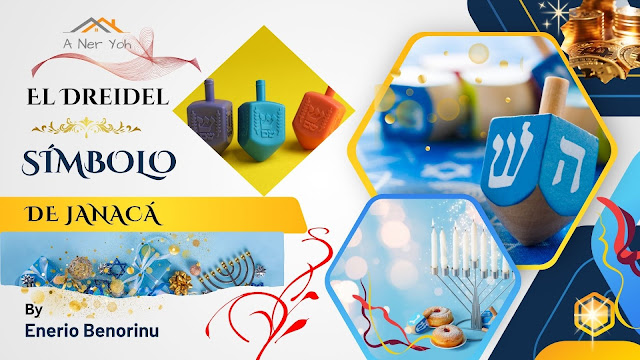Learning Torah For The Zechut of A Brother
Learning Torah is the greatest single merit — it can heal the sick and even change the laws of nature.
READING ABOUT THE KAPAROT BY THE KOHEN GADOL
And May HaShem grant all of us the Siyata Di Shemaya to Study Torah Lishma, and that our children, all those we positively impact, and all of our good deeds, should continue producing more and more good, and that, after Me’ah Ve Esrim (120 years), it should all be an enormous Zechut for each of us that will last forever.
This is Posted L’Zechut Refuah Sheleimah David Partouch (Refuat Ha Nefesh Ve’Ha Guf), Ben Messody. And to the Iluy Neshama of His Parents
Thank you for reading.
Follow us on Facebook, join us on What'sapp

















No hay comentarios.:
Publicar un comentario